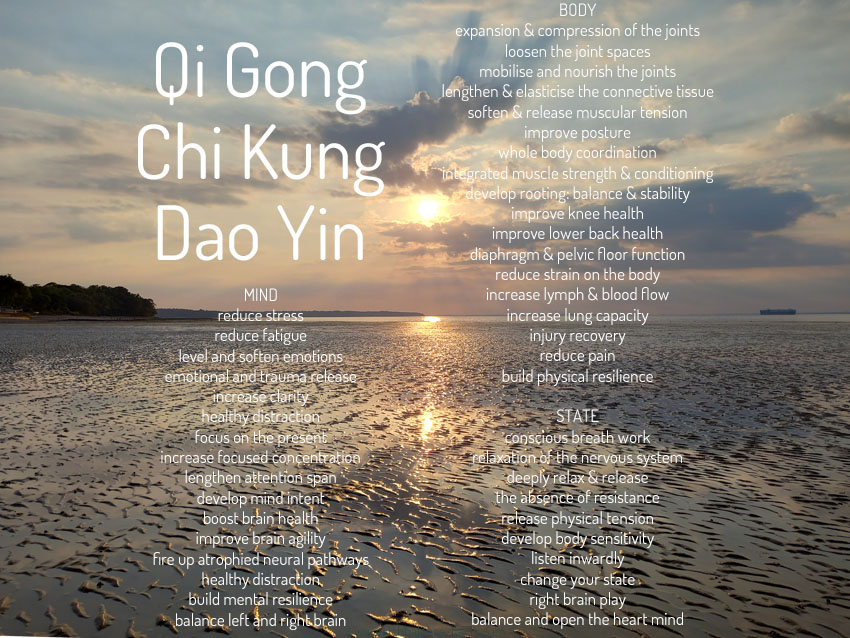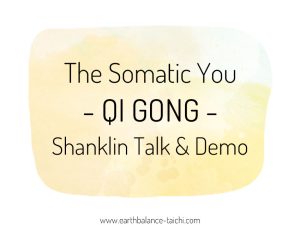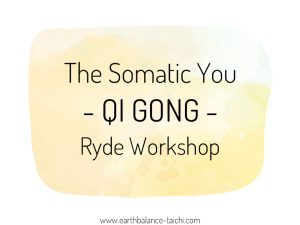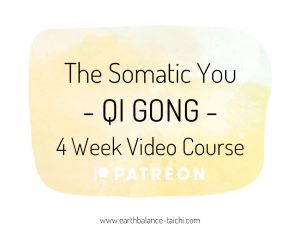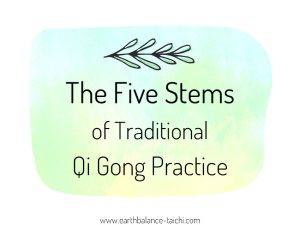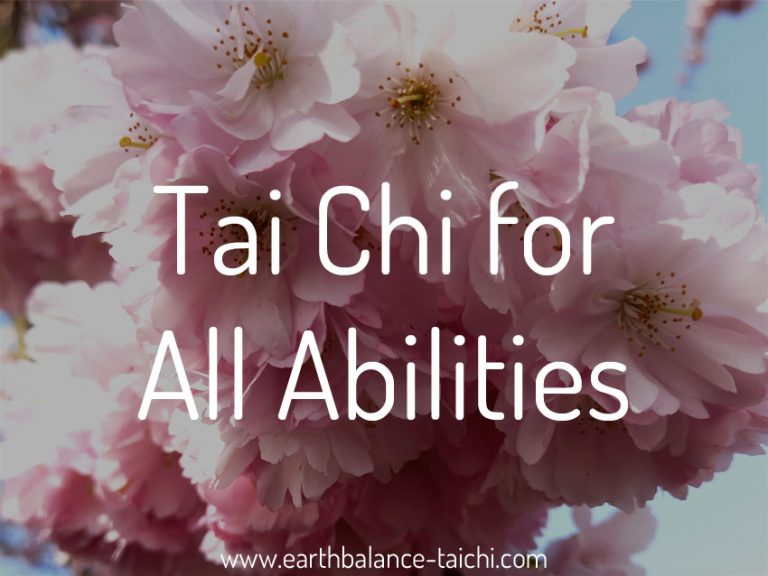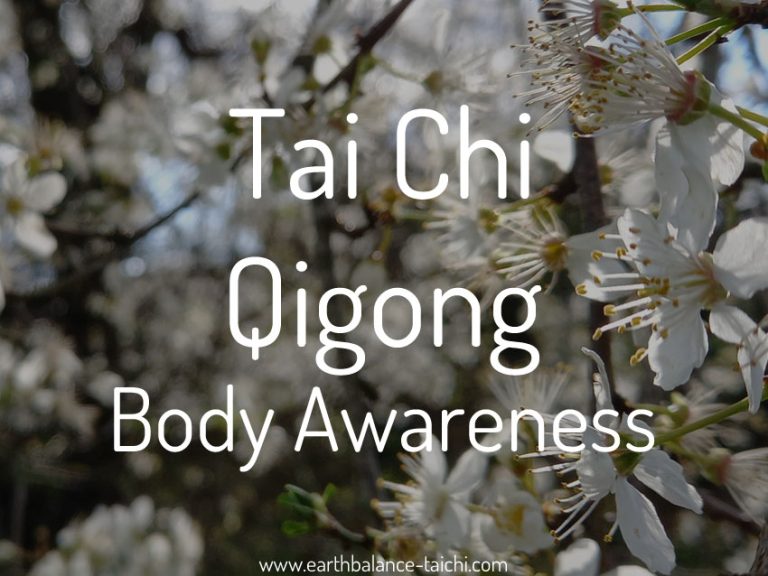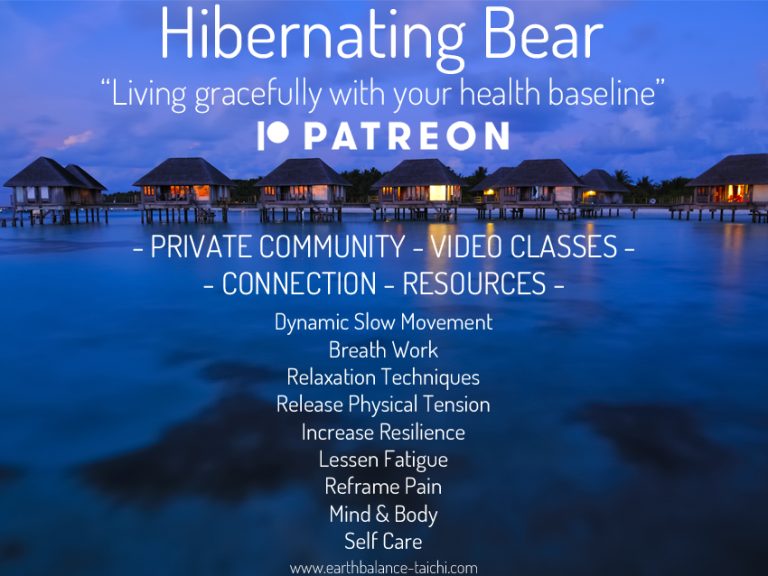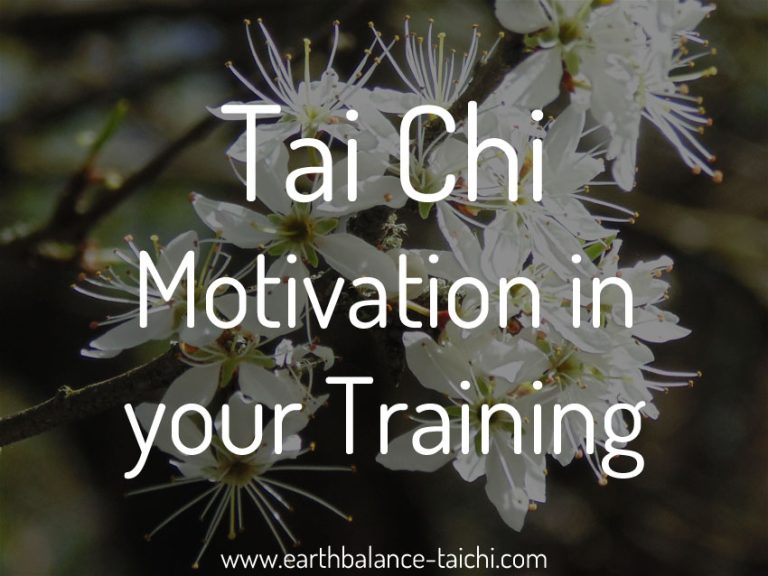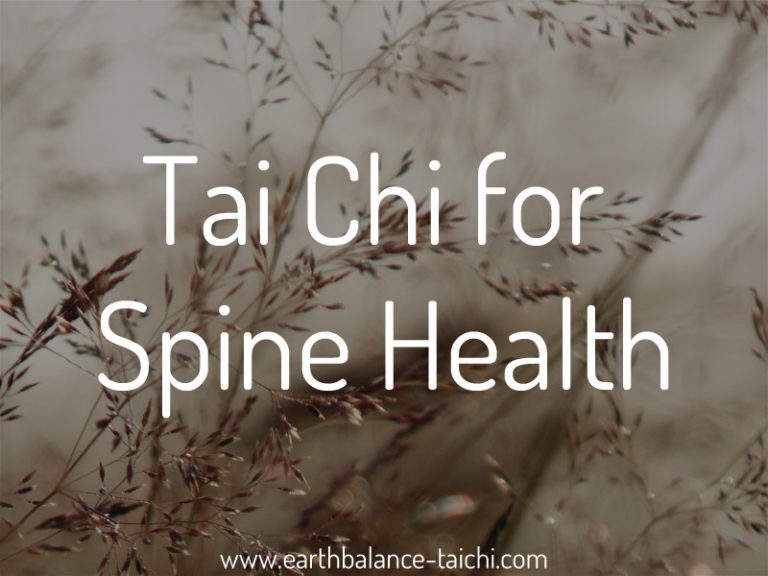Is Qigong A Somatic Movement Practice
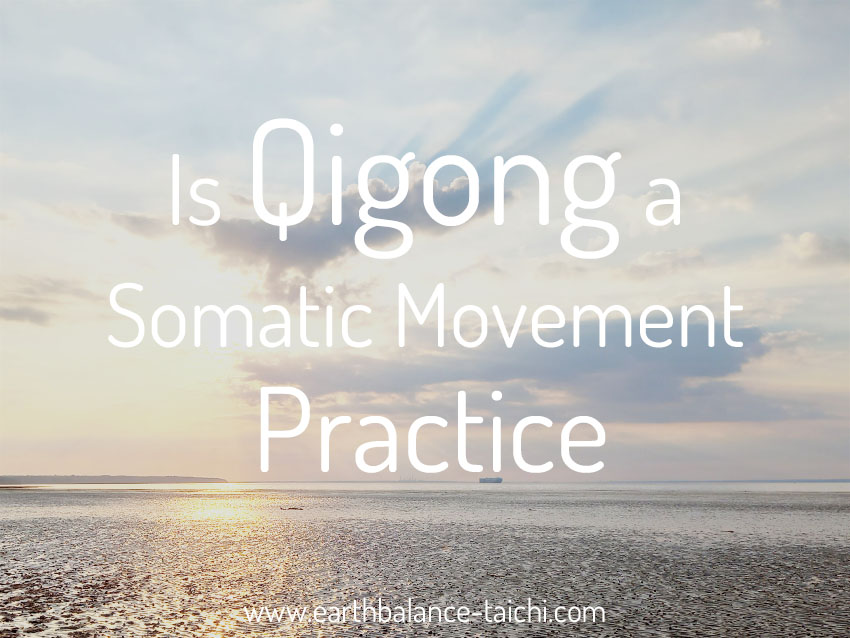
Is Qigong a Somatic Movement Practice?
You may have heard of the somatics within the study of human movement and bodywork, however did you know that Qigong is one of the origins of somatic movement practice? At circa 5,000 years old Qigong was originally called Dao Yin pre circa 1960's, and is a health preservation practice that combines slow movement, stillness, a well aligned posture, and breath work. This article explore is Qigong a somatic movement practice?
Somatics comes from the Greek word "Soma", meaning the "living body". Somatic education focuses on a holistic approach to supporting physical, emotional, psychological, and spiritual wellbeing. To aid nervous system health by helping to unwind habitual patterns and release trauma stored within the body. Professionals in the field of somatic re-education work with individuals through movement, body work, voice work, or talking therapy.
What is Somatic Movement
A somatic movement practice is a body-centred approach that focuses on slow movements, internal awareness, body sensations, felt sense, and the mind-body connection. Unlike traditional exercise, mobility, or dance, which emphasise external movements, somatic practices help us explore our inner state by feeling into our muscles, fascia, organs, bones, nervous system, and breath. Somatic practices help us to cultivate embodied awareness, releasing deeply held tension, gently unbinding stored trauma, and softening emotions - all through mindful, conscious and compassionate movement.
Key Features of Somatic Movement
- Internal Awareness – Paying gentle attention to body sensations and body feedback rather than just performing a movement, choreography, or technique.
- Slow & Intentional Movements – Self exploration to repattern habitual postures and movements through mindful practice.
- Nervous System Re-Education – Sensing, feeling into and learning to release chronic physical tension, improving movement efficiency.
- Restorative & Therapeutic – Pain and fatigue management, down regulation and self regulation of the stress response.
- Whole Body Movement – Integrating movement, alignment, breath, awareness, and intention.
- Mind-Body Connection – Developing an understanding of how the mind and body are connected.
- Childlike Heart & Playfulness – Engaging the right brain through imagination, visualisation, curiosity, openness, sensitivity, subtlety and childlike wonder.
- State Shifting - Bringing you back into your body as a form of deep self re-connection.
When is Qigong Not a Somatic Practice?
- When it is purely choreography focused.
- When it becomes about collecting forms and routines.
- When it is left-brain led, process oriented, anticipatory, or results driven.
- Telling or forcing your body to do something, to make a shape, to force an angle, to become something.
- When it is focused on outcome over experience, e.g. rushing through the movements to get the routine done, striving for shape perfection, or working towards a specific goal e.g. number of repetitions.
- Going passed your physical baseline, over doing a movement, going too far for how your body feels in that moment.
- Mimicking the range of motion and shapes of your teacher, peer or the person in front of you in class.
* Caveat: of course, we need to learn the movements using our left brain first, but it’s easy to get stuck in the choreography mindset and be caught up purely in external appearance.
When is Qigong Somatic Movement Practice?
- When it is an exploration of felt sense rather than external form.
- When observing and exploring the muscles, fascia, organs, bones, nervous system, and breath by listening inwardly with our feeling side of the brain.
- When it is about playing with the mind-body-breath connection, rather than just mechanics.
- When it invites right-brain play; imagination, visualisation, curiosity, wonder, and open-ended exploration.
- Feeling into the interactions of "what is" and "what if".
- Listening to the body and being responsive and adaptive.
- When fostering conscious relaxation.
- When exploring state shifting and playfulness.
- When there is no judgment, no forced result, no anticipated outcome, just gentle presence.
- When you ask the body what it needs and what it feels like,
- Being in your body for the sake of being in your body.
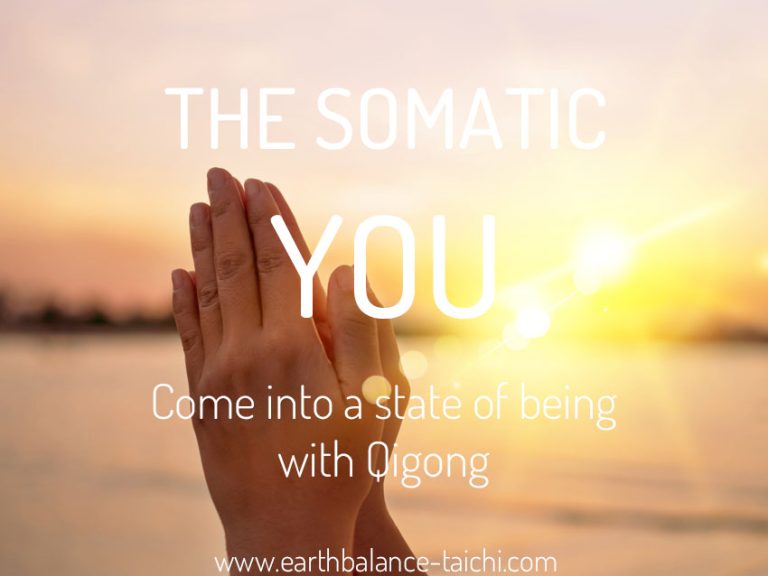
Is Qigong A Somatic Movement Practice?
Where to Learn?
The Somatic You, is a series of Qigong sessions exploring the mind body connection in movement. Whether you live on the Isle of Wight or are looking for online courses, join us across May, June and July to delve into the world of embodied awareness, conscious breath work, and mindful movement. Find out more here.
The Five Stems Video Course
Interested to know more about Qigong? Learn about the five stems of traditional learning here. Join my FREE five day mini video course available to newsletter subscribers via this link.
Soma Dao Qigong
Soma Dao Qigong is a practice of deep body awareness, combining flowing movements and breath-work techniques to cultivate relaxation, resilience, and vitality. The movements emphasise the art of sensing, feeling, and responding, guiding you into a more profound relationship with your body’s inner intelligence. Learn to unwind tension, refine postural alignment, and re-wire soft tissue for greater ease and adaptability. This somatic-based method supports nervous system regulation, state shifting, and embodied awareness, allowing you to move with fluidity and soft strength while fostering an intuitive connection between body and mind. Get to know your inner landscape and develop the ability to down regulate stress, deepen relaxation, and inhabit your body with greater awareness and presence. Find out more.
"Out of all of the Qigong training I have practised since 2006, Soma Dao Qigong has had the most impact on my students, as well as me personally. In a world where Westernised Qigong is usually governed by what it looks like and being choreography machines, stepping into the world of what it feels like through curiosity and playfulness is both refreshing and nourishing. With such demands upon modern life, learning to deeply connect with and understand yourself through somatic movements is an essential part of self care. To be able to reach and release across multiple dimensions of motion, is truly restorative for mind and body." Qigong Instructor Nicola, February 2025.
* Is Qigong Somatic Movement Practice - Please note that the Taoist practices are not a replacement for conventional medical treatment. Please speak with your doctor prior to starting a new exercise programme. This article is for information purposes only and must not be taken as medical advice. *
